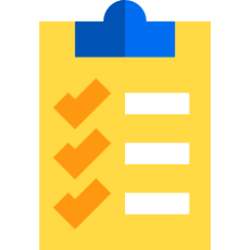Business Mistakes Alerts

Why?
It is useful to “collect” other people’s mistakes – what they did wrong and how they failed because of their bad decision. It’s easier to attribute a single mistake or bad decision to a failure, and it’s easier to analyze someone else’s mistakes.
How?
An alert service that notifies you when there is a new mistake related failure to report about. You get the story and analysis and can file it for future use.
Spectacular Failures and Unbelievable Successes in M&A

Why?
See how things worked out unexpectedly.
How?
A book or website that follows mergers and acquisitions from their (obvious to everybody at the time) initial mistake or “sure thing” status, until the story changed and the opposite occurred, followed by hindsight analysis.
The Mistakes Collection

Why?
See others’ mistake and learn.
How?
A website that regularly publishes articles only about mistakes in different areas and subjects. Kitchen design, CVs, buying a house, going on vacation to Greece, etc.
Help Convert With Dynamic Pricing

Why?
If you believe that you stumbled upon a special (mistake) price that might go away, you’re more likely to take it.
How?
First show the higher regular price. Then show them a lower price – as if by mistake. You can do this by taking them to a different web page and then back, displaying the “mistake” lower price on their return. You can even use the two prices on the same page, by having a higher priced button on the top of the page, and a “mistake” lower price lower down the page.
For items that vary in price (like airline tickets), first show higher price, then lower one so the customer has an incentive to buy now so he won’t lose the lower price opportunity
Checklists With Fewer Mistakes

Why?
Checklists are very beneficial to making sure you do not forget routine but important things. Their usability diminishes as time goes on because you start checking them out without thinking because you “already know” from constant repetition.
How?
Use checklists that dynamically change both the order of items (where applicable), and the phrasing of each item. This way you will have to pay more attention even after doing the same checklist many times. The more combinations there are for the checklist (and this can be expanded over time, even having some often used old versions removed for a time), the less the chance for automated and risky checklist fulfillment.
